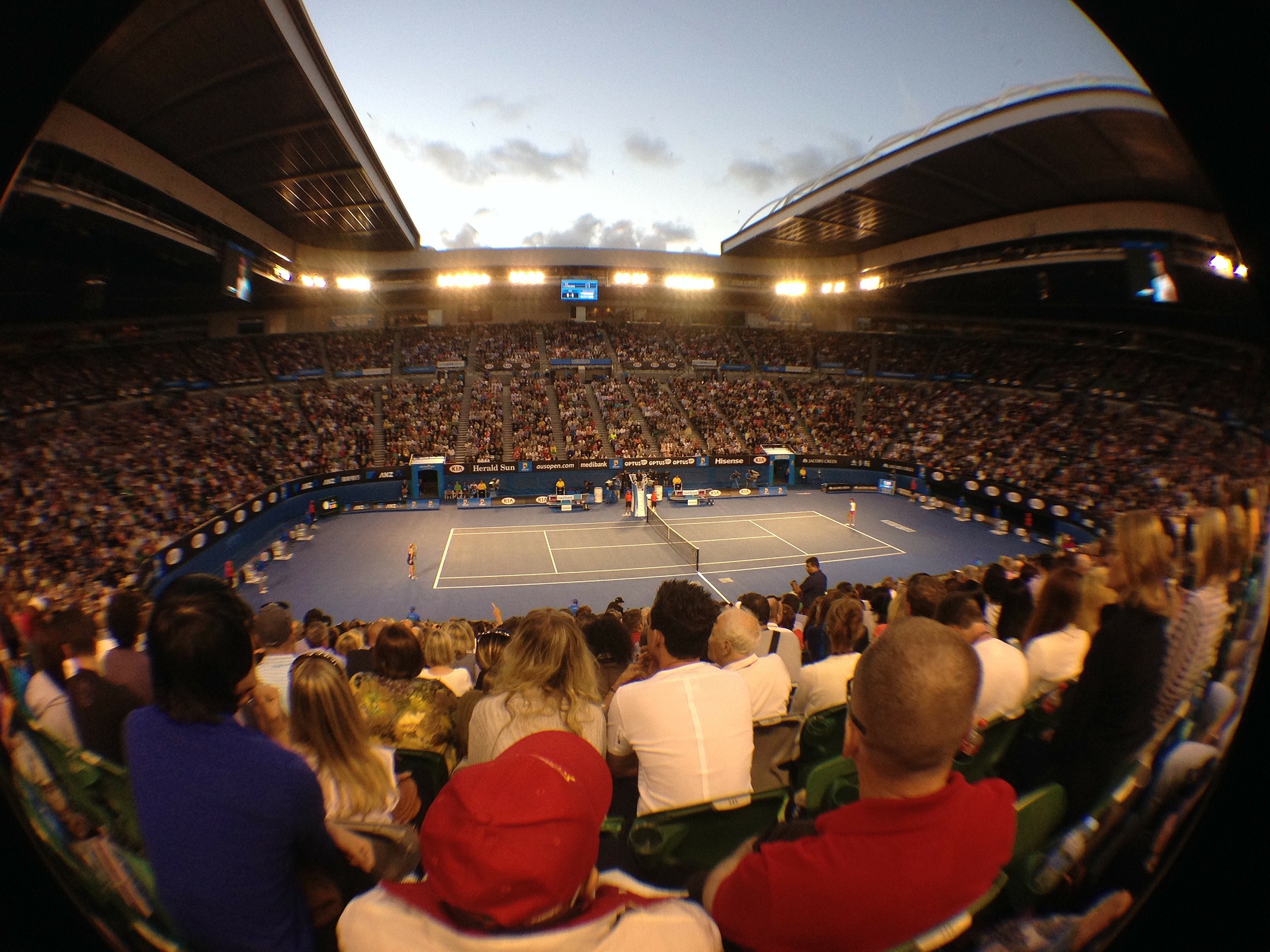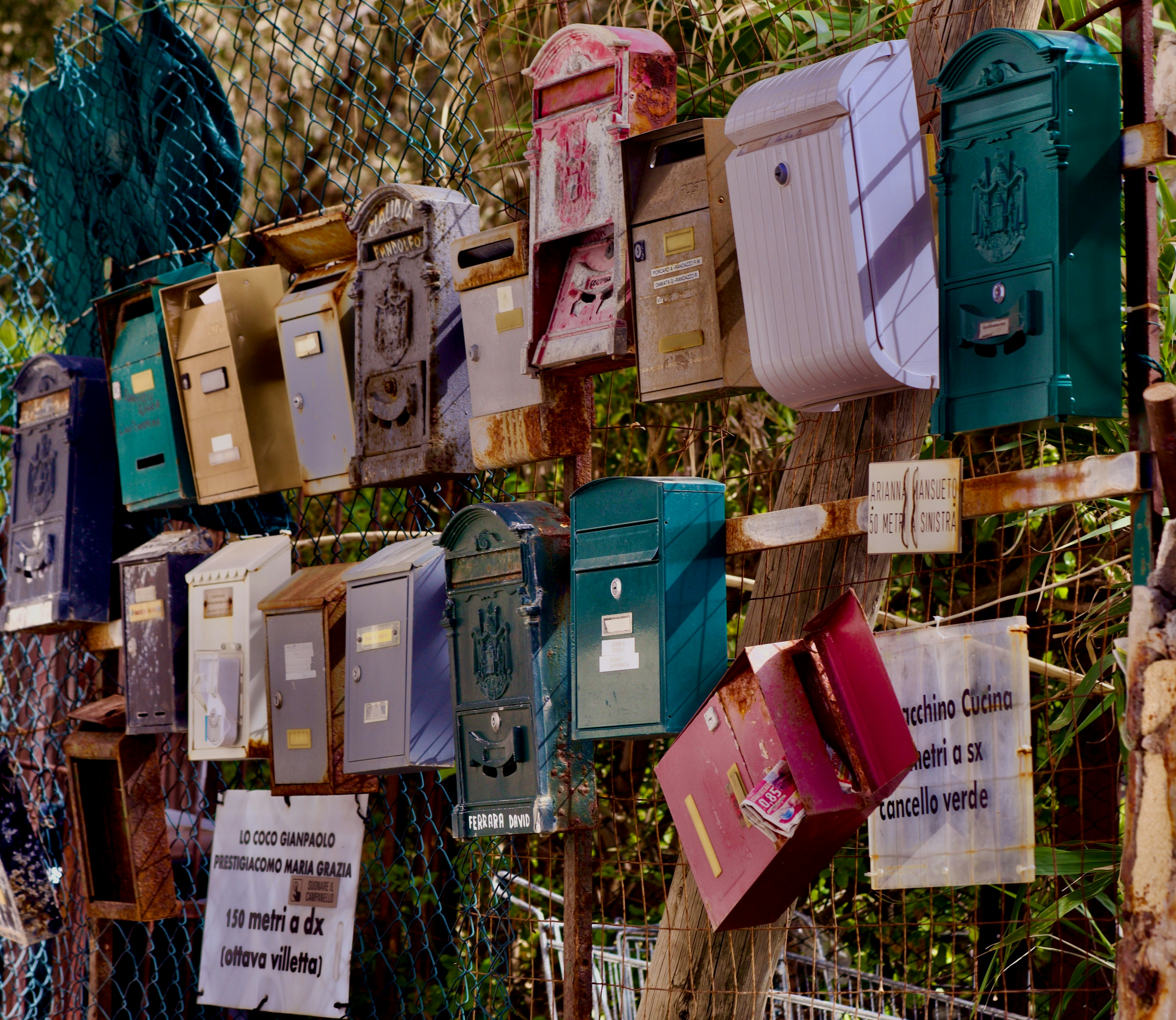
Professional sport, sport governance and Olympics in Australia
Professional sport, sport governance and Olympics in Australia
Find an article every month by Dr Anna Gerke, Associate Professor at Audencia Business School and Member of the Board of our Think tank. On a professional trip to Australia, she makes us discover how sport is understood on the island continent.
Interview with Geoff Dickson, Associate Professor and Director of International Partnerships, Latrobe University.
Read the first interview with Geoff Dickson

Can you tell us more about professional sport in Australia?
GD: Australia has roughly 100 national sport organisations governing 100 sports. In Australia, we have a professional sport agenda, which includes Cricket, Netball, Australian Football League (AFL), Rugby League, and Rugby Union. Those are the big five sports. These sports have a corporate and commercial element while other sports like for example hockey, do not have this professional side.
The five professional sports leagues are very well developed. Some sports are trying to achieve a similar professional level, for example swimming. However, through its structure and nature swimming only gets a lot of attention every four years during the Olympics. Tennis is another example for a sport that gets to a professional level for a limited period. Melbourne hosts the Australian Open in January for a two-week period and Tennis Australia is central to the governance of that event. However, that has a different impact than 26 weeks of AFL season. Other sports are professional to the extent that players are paid but they do not catch much of the public’s attention and there is no broadcasting. Therefore, the best players in these sports, for example in hockey, go and play for teams in Europe.
What are the points of tensions in the governance of professional sport in Australia?
GD: There are a couple. National sport organisations in Australia govern professional sport and amateur sport. That is not only a complex task but it is also a point of tension in terms of resource allocation. Another discussion is about federal government funding and where it should be invested. Should it be invested in elite sports, so those that are in the Olympics, or in non-elite sports, for example physical activity, community sport, sport for kids, sport for old people, etc.? The third discussion is about whether elite sports are only Olympic sports. This discussion is mainly between the Australian Olympic Committee (AOC) and the Australian Sports Commission (Sport Australia) which represents the Australian government. Sports like cricket and AFL are the sports popular with Australians and they have got funding from their professional leagues. So, the AOC argues that these sports do not need government funding, even more so since they are not at the Olympics. Then, within the elite sports, the question is, should the money go to the big Olympic sports (e.g., swimming) or the small ones (e.g., badminton). Sport Australia has a more inclusive funding strategy, while the AOC wants to fund only those sports that are likely to result in the most Olympic medals.
What is the relationship between Sport Australia and the AOC?
GD: The AOC is proudly and defiantly independent of Sport Australia and have rejected moves for the two organisations to work more closely together because it would compromise their independence.
How is the AOC funded?
GD: The AOC is privately funded. They do not receive government money. They still have funding from the Sydney Olympics. At the time, they negotiated a success fee with the Australian and New South Wales government for facilitating the Olympic games. The fee was about $AUD 100 million that they then could reinvest to generate future income. They also have corporate sponsorship, but the key point is that the AOC does not receive government funding.
“Sport is embedded within the department of health and aging. That gives you an idea of the focus of the government”
And how is Sport Australia funded?
GD: Sport Australia is a state agency that is 100 per cent funded by government money and it is embedded within the department of health and aging. That gives you an idea of the focus of the government. We do not have a department of sport in the Australian government. There is a minister of sport within the department for health and aging but there is no ministry of sport.
In France, the department of sport sits in the same ministry than the department for youth. That’s the opposite than in Australia!
GD: Yes, there is a saying, which states “it’s a shame that sports gets often wasted on the young people”. I argue there should be more investment in sports for older people.
In France, key sport stakeholders like the French National Olympic Committee (CNOSF), the Ministry of Sport, the local councils and communities and the private sector sport organisations created a new governing body, a National Agency for Sport. Would this be possible in Australia?
GD: No, definitely not. If that happened, we would even risk to be excluded from the Olympic games. The IOC has a clause that insists that national Olympic committees remain free from national governments interference. However, in some countries there are solutions that embed the National Olympic Committees in government agencies while maintaining their independence. My guess is that the AOC would not want to make it known that this is possible. They much prefer to be outside the government tent than inside the government tent.
More information about Australian Olympic Committee and Sport Australia
